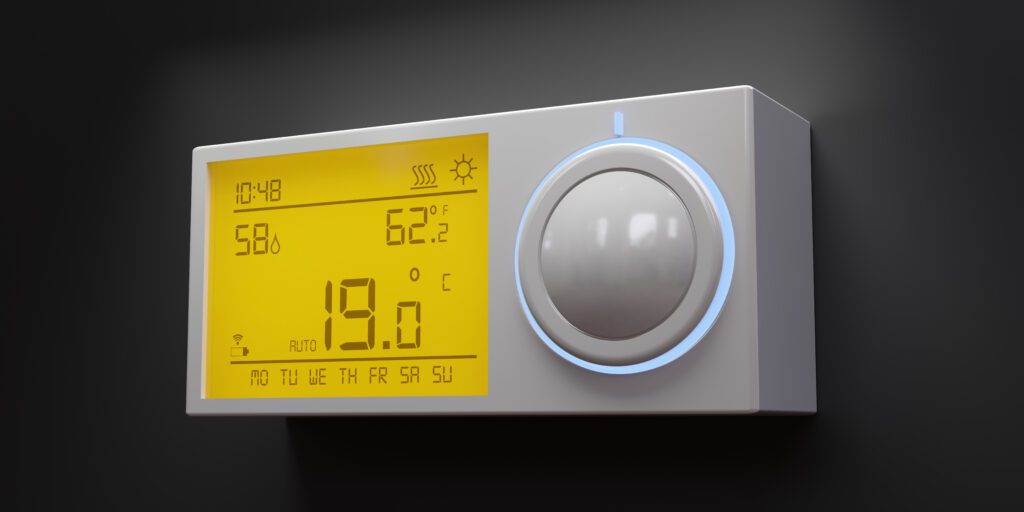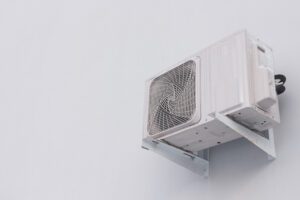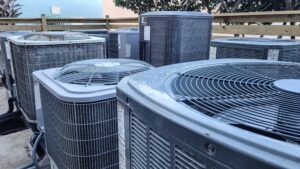A malfunctioning thermostat can cause discomfort and energy wastage in your home. To help you troubleshoot and fix common thermostat issues, we have put together this comprehensive guide. From understanding the basics of thermostat functioning to knowing when to call a professional, we will cover it all. So, let’s get started!
Understanding Your Thermostat
Before diving into troubleshooting techniques, it’s essential to have a good grasp of how your thermostat works. This knowledge will enable you to identify potential problems more effectively.
Thermostats play a crucial role in maintaining a comfortable temperature in your home. They are the brains behind your heating and cooling systems, ensuring that your living space remains cozy in winter and cool in summer. By understanding how your thermostat functions, you can optimize its performance and keep your energy bills in check.
The Basics of Thermostat Functioning
Your thermostat acts as the control center for your heating and cooling system. It regulates the temperature by communicating with your HVAC equipment. When the temperature in your home rises above or falls below the desired level, the thermostat sends signals to the system to adjust accordingly.
It achieves this by utilizing sensors that detect the temperature in your home. These sensors trigger the thermostat to activate or deactivate your HVAC system.
Moreover, modern thermostats come equipped with advanced features such as Wi-Fi connectivity and smart home integration. These innovations allow you to control your thermostat remotely via a smartphone app or integrate it with virtual assistants like Alexa or Google Home for seamless automation.
Digital vs. Analog Thermostats
There are two main types of thermostats: digital and analog. Digital thermostats, also known as programmable thermostats, allow you to set different temperature schedules throughout the day. This flexibility enables you to customize your heating and cooling settings based on your daily routine, ultimately saving energy and money.
On the other hand, analog thermostats require manual adjustments to set the desired temperature. While they may lack the programmable features of digital thermostats, analog models are straightforward to operate and can be a reliable option for those who prefer a more traditional approach to temperature control.
Understanding which type of thermostat you have will help you troubleshoot specific issues more efficiently. Keep this in mind as we proceed.
Common Thermostat Problems
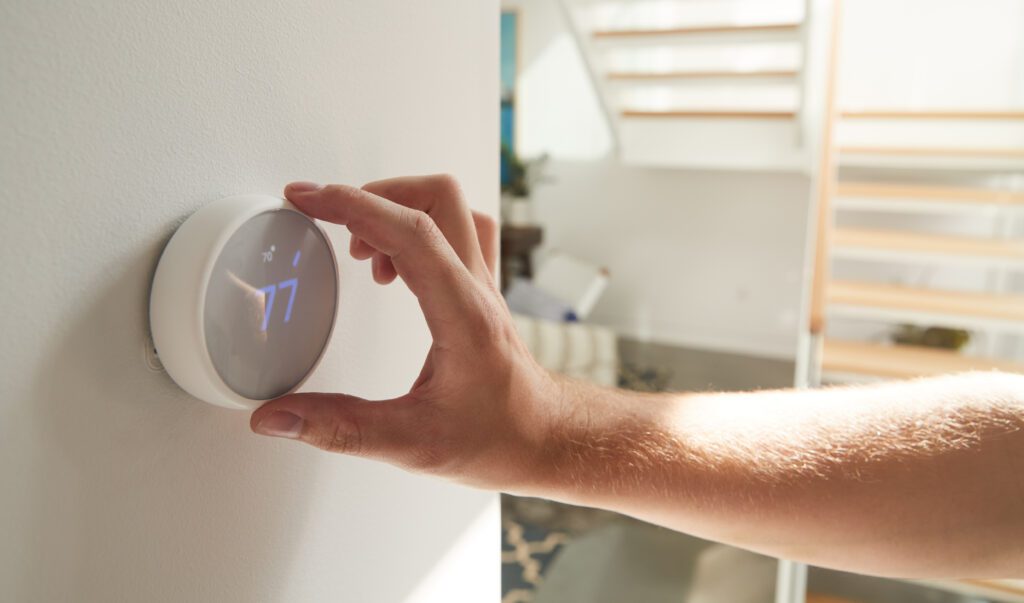
Now that we have covered the basics, let’s examine some common thermostat problems you may encounter:
Inaccurate Temperature Readings
One frequently reported issue is a thermostat displaying inaccurate temperature readings. This can lead to discomfort and inefficient energy usage. To address this problem, start by calibrating your thermostat. Consult the manufacturer’s instructions to learn how to adjust the temperature accuracy settings.
If calibration doesn’t solve the issue, the problem may lie with the placement of the thermostat. Ensure that it is not exposed to direct sunlight, drafts, or any other source of heat or cold that could affect its readings.
Another factor to consider is the presence of nearby heat sources, such as lamps or appliances, that could influence the thermostat’s temperature readings. It’s important to maintain a clear space around the thermostat to ensure accurate readings.
Thermostat Not Responding
If your thermostat isn’t responding to your inputs, it could be due to a power issue. Begin troubleshooting by checking the power source. Make sure it is securely connected and that there are no loose wires. If batteries power your thermostat, replace them if necessary.
Additionally, examine the circuit breaker that controls your HVAC system. If it has tripped, reset it. If the problem persists, it might be time to call a professional for further diagnostics.
Another possible cause of a non-responsive thermostat is a faulty connection between the thermostat and the HVAC system. Over time, wires can become loose or damaged, preventing proper communication. In such cases, it is advisable to seek the assistance of a qualified technician to inspect and repair the wiring.
Frequent On and Off Cycling
If your HVAC system is turning on and off too frequently, it could be a sign of a faulty thermostat. This issue, known as short cycling, can cause wear and tear on your system and increase your energy bills.
First, check if the filter in your HVAC system is dirty or clogged. A dirty filter can interfere with proper airflow, causing the system to short cycle. If replacing the filter doesn’t resolve the problem, a malfunctioning thermostat could be the culprit. Consider having it inspected by a professional technician.
In some cases, short cycling can be caused by an oversized HVAC system. If the system is too powerful for the space it is cooling or heating, it can cycle on and off more frequently than necessary. This can be addressed by consulting with an HVAC professional to determine if resizing or adjusting the system is necessary.
DIY Thermostat Troubleshooting Techniques
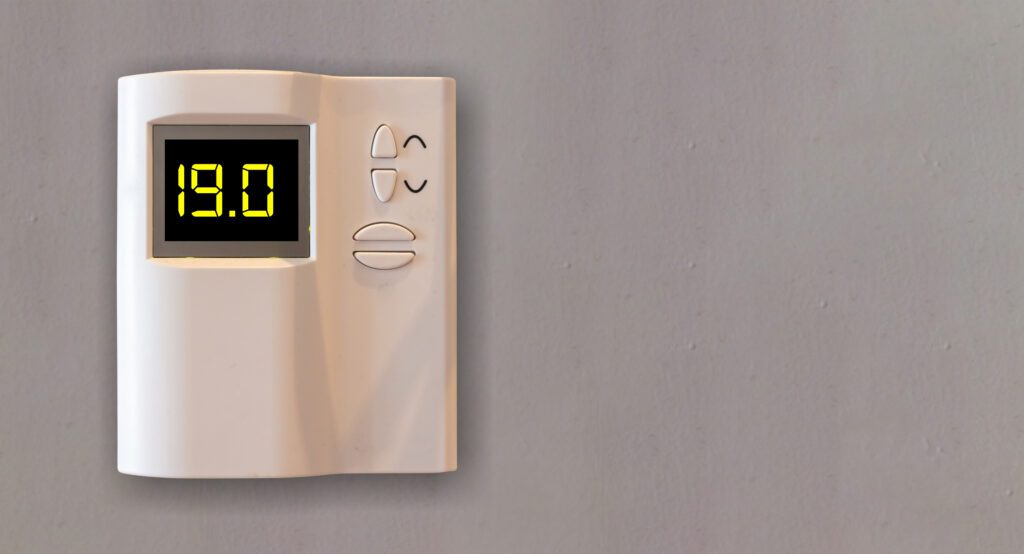
Now that you’re familiar with common thermostat problems, let’s explore some techniques you can try before calling in a professional:
Checking the Power Source
As mentioned earlier, a malfunctioning thermostat can be due to a power issue. Start by verifying that the power source is connected correctly and that there are no loose wires. If your thermostat uses batteries, replace them with fresh ones. Sometimes, simply re-seating the wiring connections can resolve power-related problems.
Adjusting the Anticipator
If you have an analog thermostat, adjusting the anticipator may help resolve temperature discrepancies. The anticipator controls when the thermostat turns off the heating or cooling system in response to reaching the desired temperature.
Refer to the manufacturer’s instructions to locate and adjust the anticipator. Start by setting it to a higher setting and observe if the temperature regulation improves. Keep experimenting until you find the optimal setting for your comfort.
Cleaning the Thermostat
A dusty or dirty thermostat can lead to inaccurate temperature readings or operational issues. Power down your thermostat and gently clean it using a soft brush or a cloth. Be cautious not to press too hard or use any liquid cleaners, as these could damage the device.
Pay particular attention to the sensor area and ensure it is free from any debris or obstruction. Regular cleaning can help maintain the thermostat’s accuracy and functionality.
Additionally, it’s worth noting that certain environmental factors can affect the performance of your thermostat. For example, if your thermostat is located near a drafty window or a heat source, it may not accurately reflect the temperature of the entire room. Consider relocating your thermostat to a more central location to ensure more accurate temperature readings.
Furthermore, if you have recently made any changes to your home’s insulation or weatherstripping, it’s possible that the improved insulation is affecting the way your thermostat operates. Insulation upgrades can lead to a more energy-efficient home, but they can also impact the temperature distribution. Keep an eye on any changes in your home’s temperature patterns after insulation upgrades and make necessary adjustments to your thermostat settings if needed.
When to Call a Professional
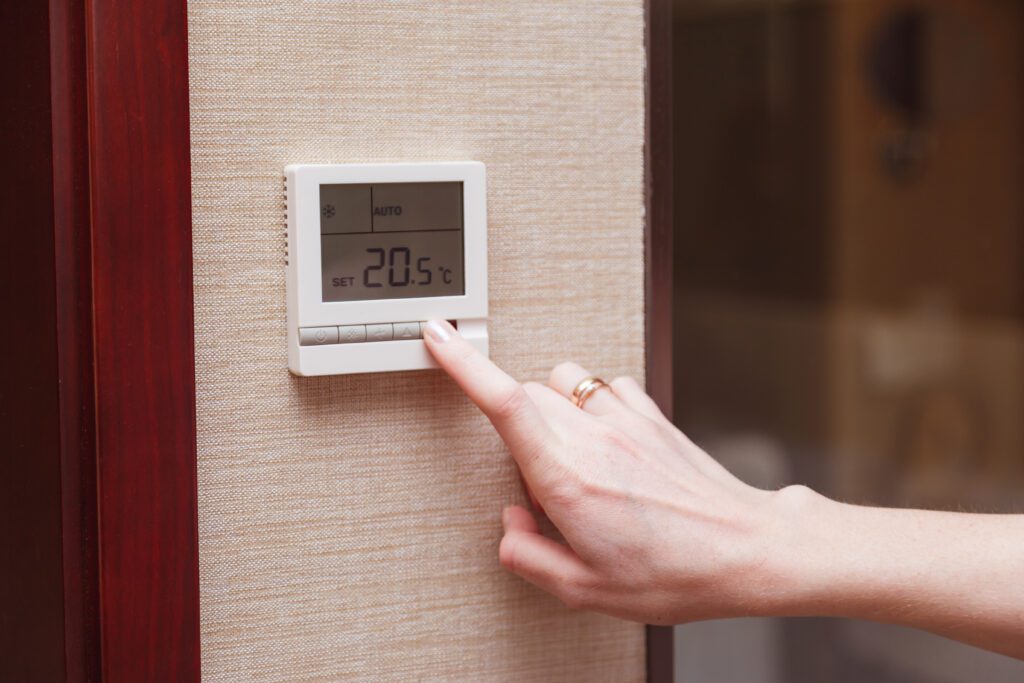
While some thermostat issues can be resolved with DIY troubleshooting, others may require professional assistance. Here are a few scenarios where contacting an HVAC professional is recommended:
Complex Thermostat Issues
If you’ve tried the basic troubleshooting techniques and your thermostat is still not functioning correctly, it’s time to call in the experts. They have the knowledge and equipment to diagnose and repair complex thermostat problems.
Remember, tampering with intricate components without proper training can result in further damage or unsafe conditions. Don’t hesitate to seek professional help when needed.
Replacing Your Thermostat
If your thermostat is outdated, malfunctioning beyond repair, or you desire advanced features like smart integration, it might be time for an upgrade. Installing a new thermostat can be a complex process, particularly if it involves wiring or programming challenges.
Seeking professional assistance ensures that the replacement is handled correctly, reducing the risk of damage and ensuring optimal performance of your new thermostat.
Additionally, another situation where calling a professional is advisable is when dealing with zoning systems or multiple thermostats in your home. Zoning systems allow different areas of your house to have individual temperature settings, providing customized comfort and energy efficiency. However, setting up and troubleshooting these systems can be intricate and may require specialized knowledge.
A professional HVAC technician can assess your home’s layout, recommend the best zoning configuration, and ensure proper installation and calibration of multiple thermostats. This expertise can maximize the efficiency of your heating and cooling system while maintaining comfort throughout your living spaces.
Maintaining Your Thermostat
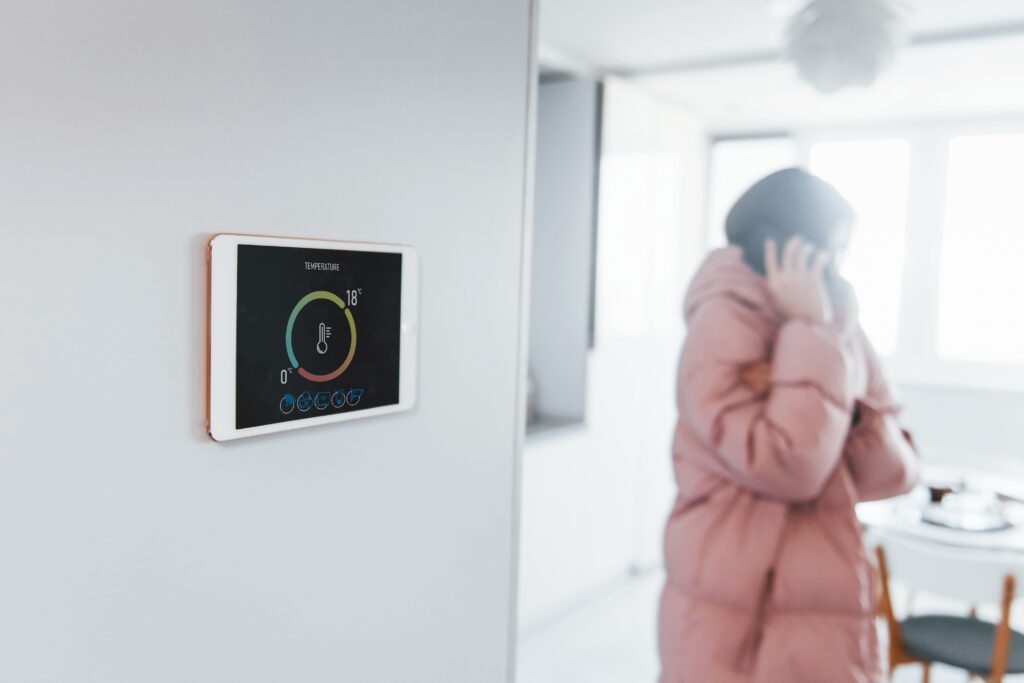
Preventive maintenance can prolong the lifespan and efficiency of your thermostat. Consider implementing these simple maintenance practices:
Regular Cleaning and Upkeep
Set a schedule to clean your thermostat regularly. Dust and debris can accumulate over time, affecting its accuracy. A quick wipe with a soft cloth or brush can go a long way in maintaining optimal performance.
But did you know that there are certain areas of your thermostat that require extra attention? Take a closer look at the display screen. Sometimes, fingerprints or smudges can make it difficult to read the temperature accurately. Use a microfiber cloth to gently remove any marks and ensure clear visibility.
Seasonal Thermostat Adjustments
As the seasons change, adjust your thermostat settings to optimize energy usage. During winter, lower the temperature at night to conserve energy. In contrast, during warmer months, adjust your settings to reduce cooling when you’re not at home.
But here’s an additional tip: consider utilizing programmable features, such as those found in digital thermostats, to automate these adjustments for added convenience and energy savings. With programmable thermostats, you can create customized schedules that align with your daily routine. For example, you can program the thermostat to lower the temperature when you leave for work and raise it before you return home, ensuring comfort while saving energy.
Upgrading Your Thermostat
If you’re still using an older analog thermostat, consider upgrading to a programmable or smart thermostat. These provide advanced features, greater energy efficiency, and enhanced comfort control.
But what exactly are the benefits of upgrading? Well, programmable thermostats offer the flexibility to set different temperature levels for different times of the day, allowing you to create a comfortable environment while reducing energy waste. On the other hand, smart thermostats take it a step further by learning your preferences and adjusting the temperature automatically based on your behavior and the weather conditions.
Research the options available in the market and consult an HVAC professional to determine the best thermostat upgrade for your specific needs. They can provide valuable insights and help you choose a thermostat that aligns with your lifestyle and budget.
By following these top thermostat troubleshooting tips, you can effectively address common issues and improve the comfort and energy efficiency of your home. Remember to consult the manufacturer’s instructions or seek professional assistance when necessary. With proper maintenance and occasional troubleshooting, your thermostat will continue to serve as a reliable control center for your HVAC system.

